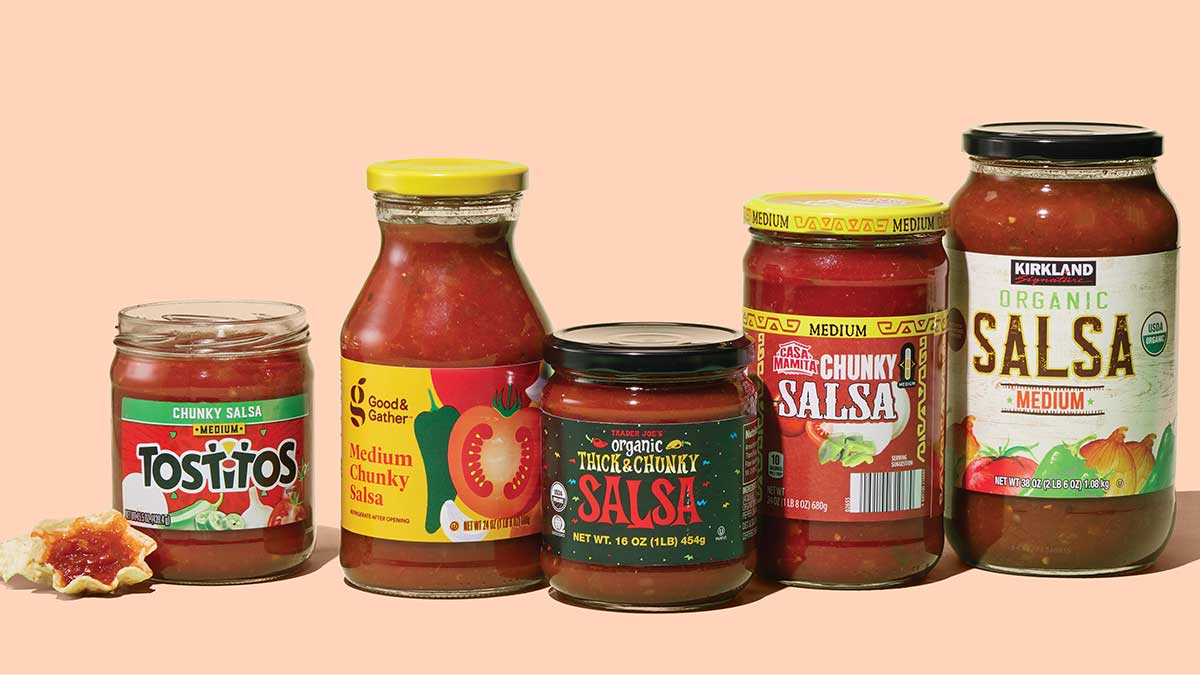These Are the Best Breads for French Toast

My life is a house of carbs. I love them all and I don’t plan on stopping, but sometimes when my precious breads and cakes go stale or boring I try to give them a second life—not just to reduce waste, but because it gives me an excuse to make French toast.
This familiar but versatile breakfast dish is sweet, custardy, and satisfying, and it works best with stale bread. Most types of stale bread, that is. To choose the best bread, cake, or pastry to turn into French toast—oh yeah, this meal goes way beyond just bread, folks—you need to ask yourself a few questions.
How to choose a good French toast bread
Consider the crumb
If you’ve got stale hot dog buns or old Panettone staring at you, then you’re in luck: Both of these can be successfully French-toastified even though they are wildly different in presentation and flavor. They both work because of their “crumb,” or texture.
The crumb of a particular bread or cake refers to its inside structure. If you think of bread with a tight crumb, then it has small holes that are evenly dispersed. Bread with an open crumb, or an open structure, has larger, more irregular air pockets. Since French toast involves soaking up a substantial amount of sweet, eggy custard (or eggnog), the best bread for soaking should have a tight crumb. An open crumb, like the large pockets in ciabatta or a baguette, won’t catch as much custard.
What is the crust like?
My least favorite French toast has been with a baguette. The crust of that lean bread is meant to be tough and chewy, and that doesn’t change after the custard soak. Similarly, if you have a leftover rustic loaf of sourdough, you need to beware of this. That crust is basically a thick skin around the outside of the bread. Enriched breads—one’s with butter, eggs, and sugar in the dough—have a thin, delicate skin, like challah and brioche. These breads are great French toast breads. Loaves that have thick, tough crusts are not ideal. No matter how long you soak the bread for, that skin will always be chewy.
Although a chewy crust definitely interrupts the texture of a soft, custardy bite, you may very well be into that sort of thing. I like to go after a plateful with little else than a fork, and a thick crust is going to require some elbow grease. You can mitigate that, however, by using a serrated knife and sawing the crusts off the slices before the soak, or even scoring the crust.
Will your bread fall apart?
Structure is a big factor when you know the carb in question is about to sit in a puddle of egg and dairy, and then get griddled or even grilled. A good quality French toast needs to be indestructible in the face of liquid and frying, while maintaining its pillowy reputation. Look for breads that have a good gluten structure. This doesn’t necessarily mean tough or chewy, though; brioche is a favorite for this application because it’s soft, enriched, and usually comes in a loaf you can slice as thick as you want. It works because it has a sturdy structure—a solid gluten framework with some extra help from the eggs in the dough.
My favorite types of bread for French toast
My recommendations will always be thick slices of enriched bread, like challah, brioche, milk bread, babka, or Hawaiian rolls. Store bough loaves may come pre-sliced, which is okay, but a bit more predisposed to falling apart.
My general rule is, the thinner the slice, the faster the soak. If you can, drop by your nearest bread bakery and see if they can give you unsliced loaves of bread. Then you can slice them to your desired thickness at home.
Breads aren’t the only carbs you can use for French toast
Breads with a soft crust are well suited for French toast because they can handle the process without falling apart, but that doesn’t mean breads are the only carbs that work.
Some cakes and pastries are sturdy enough to withstand a quick custard soak and a splash in the frying pan, too. Blueberry muffins and loaf cakes are quick breads that have enough structure to hold up; just do a light soak in the custard or they risk coming apart before they see the griddle.











